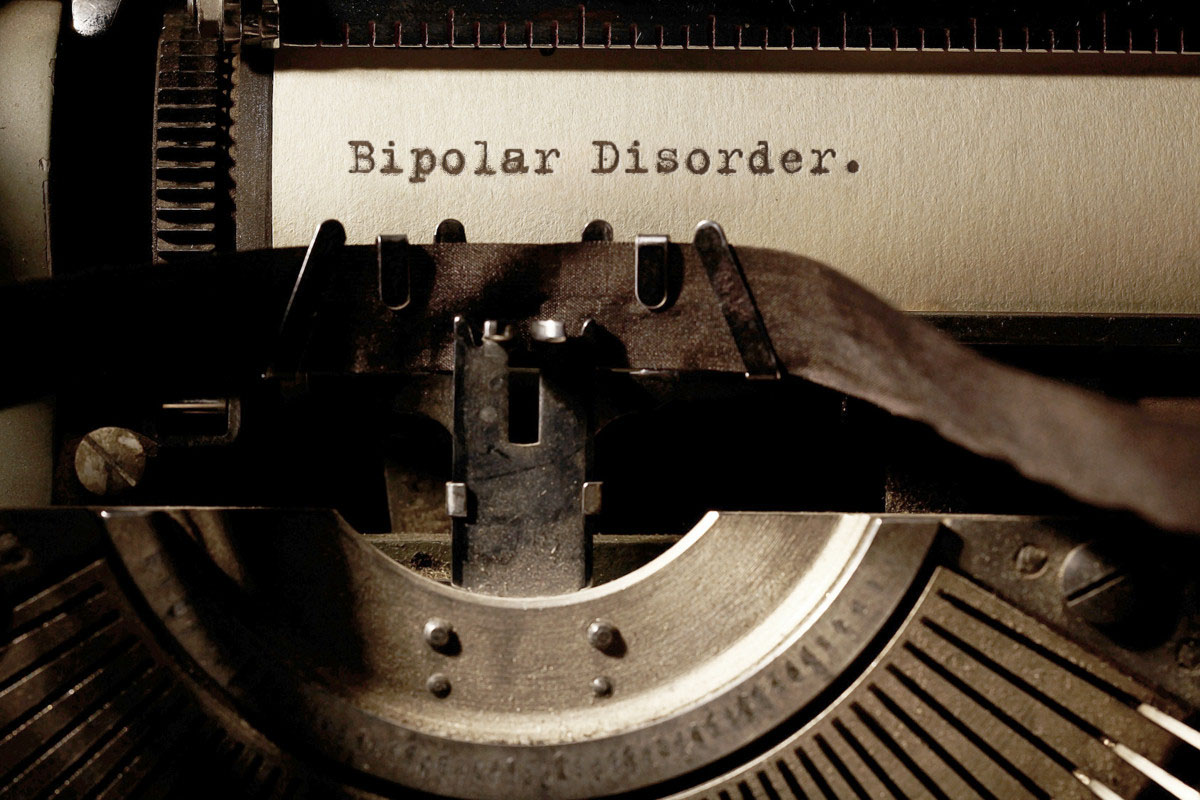Mental Health: Its Impact on Different Professions and Life Circumstances
Mental health challenges can affect anyone, regardless of their profession or life circumstances. Whether it’s a lawyer managing the pressures of a courtroom, a teacher shaping young minds, or a student balancing academic and personal life, mental health plays a critical role in an individual’s overall well-being.









